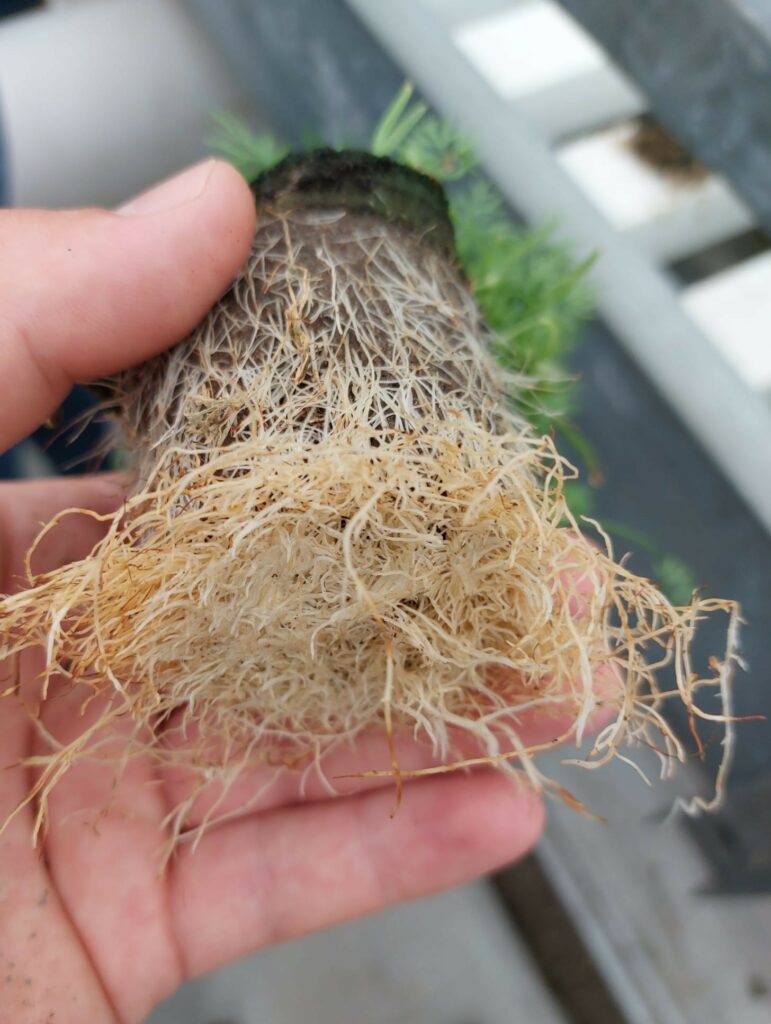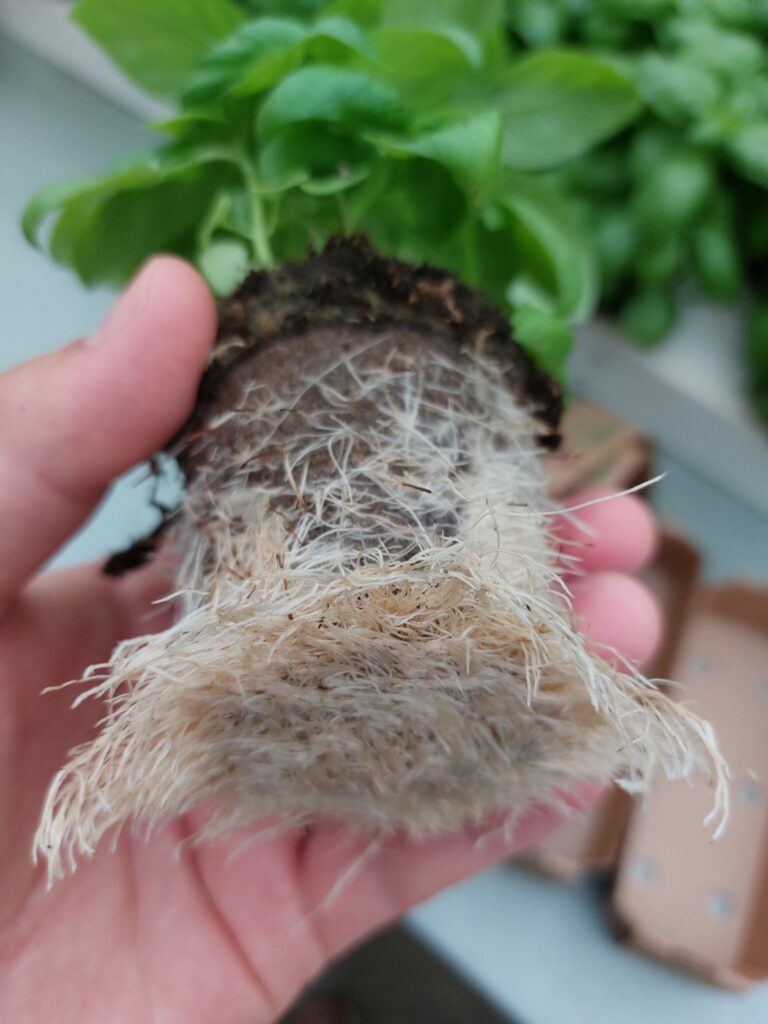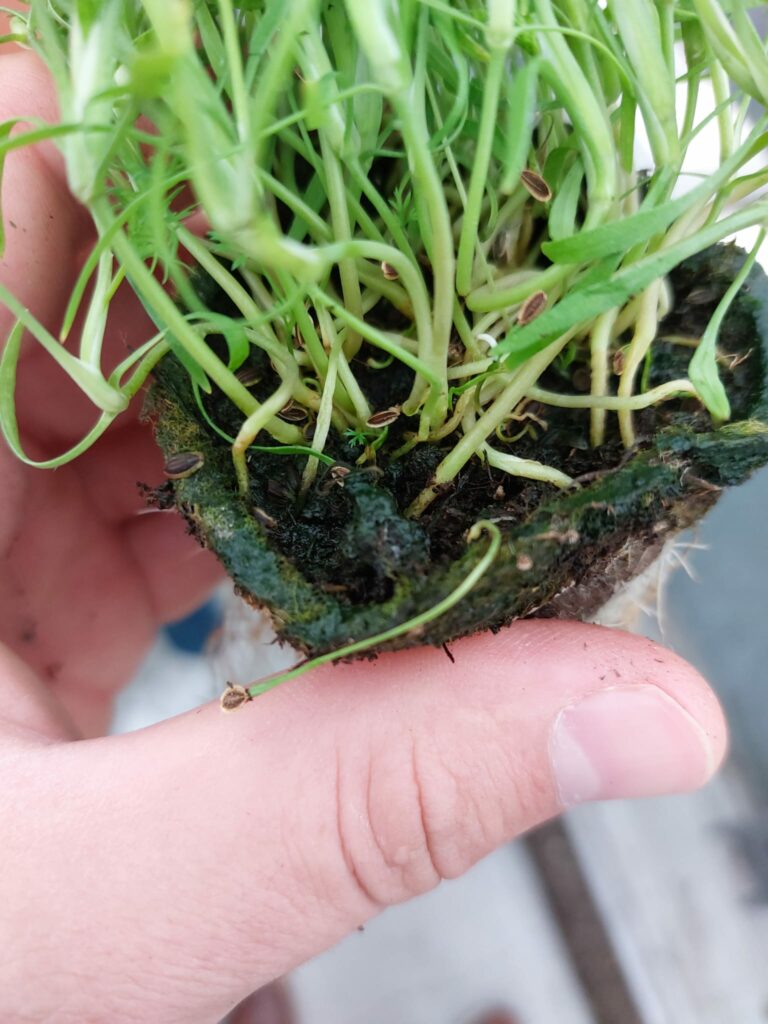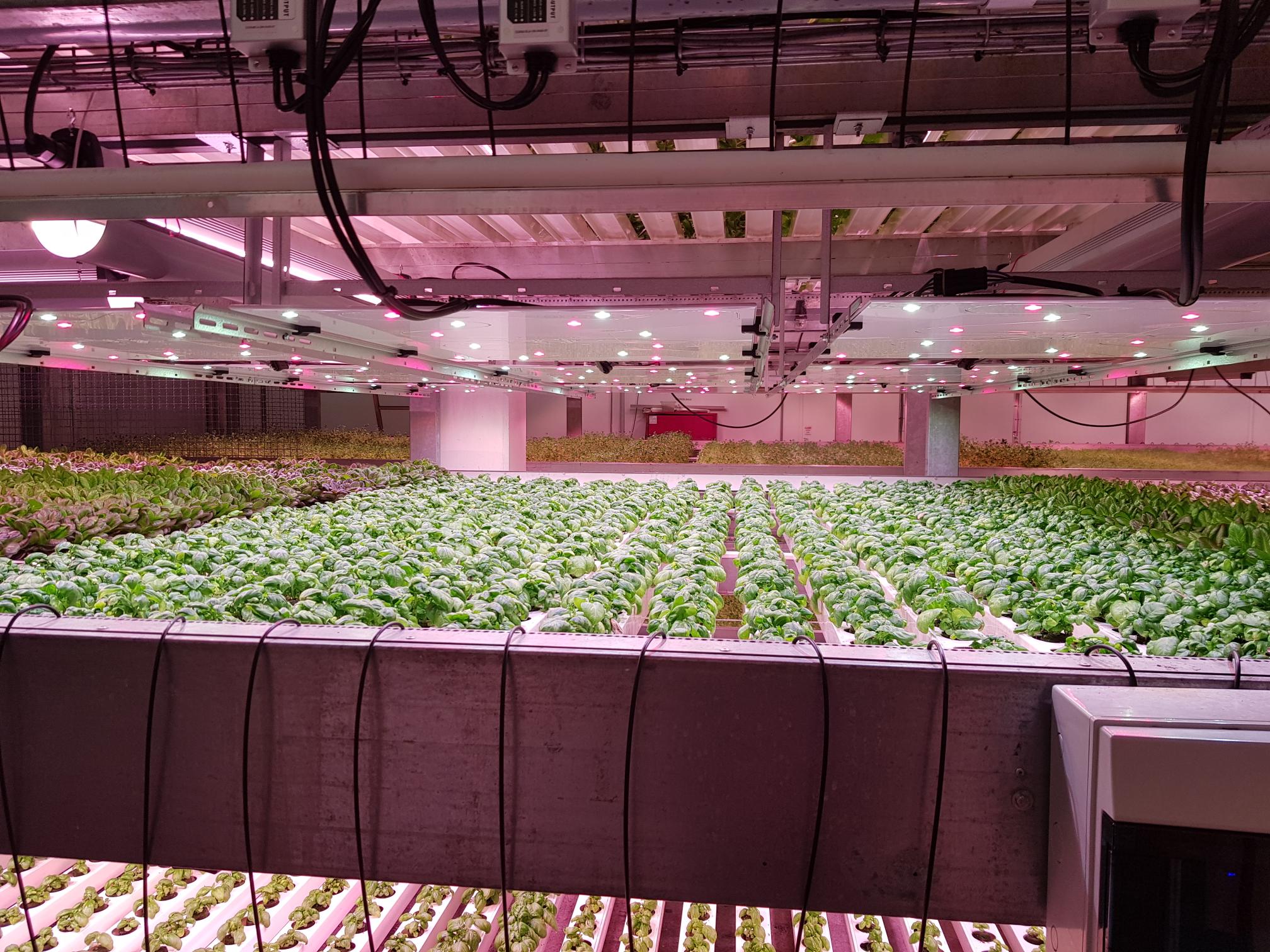We continue our journey into hydroponic leafy greens cultivation with today’s important topic: irrigation strategies. This article builds on previous discussions where we covered filtration, disinfection, and overall water management practices essential for optimal leafy greens production.
The Challenge of Irrigation Guidelines
One of the most common challenges new growers face, particularly in NFT (Nutrient Film Technique) systems, is the absence of clear and standardized irrigation guidelines. Unlike high-wire crops such as tomatoes, where decades of research and data availability have led to well-defined irrigation strategies, leafy greens remain largely unexplored in this respect.
Currently, there is no standardized rulebook on:
- How long should each irrigation cycle last
- How many breaks should growers include between irrigation shots, and for how long
- Or even what the ideal gutter slope should be, as every equipment supplier seems to have their own recommendation
This inconsistency stems from a combination of factors. First, there is limited experience and data availability. Second, climatic differences between regions and variation in system designs make it difficult to apply a single standard approach across diverse production environments.

Climate and System Variation
When it comes to irrigation strategies, there is no one-size-fits-all solution. Every production facility has unique characteristics, including different types of growing systems, building designs, and, most importantly, regional climatic conditions.
In areas like Central and Northern Europe, we benefit from relatively stable climate patterns throughout the year. Temperature differences between day and night, as well as humidity levels, remain moderate, allowing for a more consistent approach to irrigation management.
However, environmental conditions can vary drastically not only seasonally but even within a single day in other parts of the world. This makes it impossible to simply follow European grower manuals or supplier guidelines. Consequently, both new and experienced growers may feel unsure about how to structure proper irrigation strategies for their facility.
Practical Guidelines from Experience
In this article, I will share practical guidelines and proven methods based on my experience as a grower during the previous years and insights gathered through visits to hydroponic leafy greens facilities worldwide. While every farm is unique, these recommendations can provide a valuable starting point and help prevent some of the common pitfalls associated with irrigation in NFT systems.
Key Factors
When determining irrigation strategies for leafy greens in NFT systems, two critical factors should always be considered:
- Gutter length (in meters): The length of the growing channel affects the time it takes water to reach all plants evenly.
- Local climate conditions (seasonal changes): Adjustments are often necessary based on whether you are growing during warm (high temperatures and radiation levels) or cooler periods.
A simple but effective guiding principle is to aim for longer irrigation periods (shots) combined with longer breaks between cycles. This achieves multiple objectives:
- Nutrients, oxygen, and fresh water reach every plant consistently
- Biofilm and debris buildup are minimized
- Root systems are encouraged to become active by “searching” for water during breaks, which strengthens plant resilience

Irrigation Tips
Avoid Dry Gutter Conditions
The first and most critical point is to never allow gutters to dry out completely. Especially during periods of high radiation or heat, insufficient water can lead to root dehydration. This results in the plug-side roots turning brown, lower root zones drying up, and ultimately, plant stress and significant yield loss.
Use the Right Substrate Size
The size of the growing plug plays a key role in moisture retention. Larger plugs can hold water for a longer period during irrigation breaks, which reduces the risk of sudden plant stress. Peat-based substrates are widely recommended because of their excellent water-holding capacity. A 4.5 x 5 cm plug size is commonly used worldwide, especially for lettuce or leafy greens varieties that reach a harvest weight of 250 grams or more.
Monitor Water Coverage Effectively
The bottom of each pot should always stay moist. However, the gutter floor between pots should not be constantly wet. Standing water between plants is a sign of over-irrigation. This approach also reduces disease pressure.

Day vs. Night Irrigation Adjustments
One useful strategy is the “50% principle” for day-to-night irrigation adjustments. In environments without extreme conditions, I typically reduce irrigation by 50% at night, starting approximately one hour before sunset until sunrise.
During periods of low solar radiation levels and cool outdoor temperatures, this irrigation strategy can be adjusted even down to 1/3 between day and night.
Preventing Gutter Blockages
One often overlooked aspect of irrigation management in NFT systems, especially in open-gutter designs, is the gradual blockage of water channels by root overgrowth, biofilm, or debris. Blocked gutters restrict the flow of nutrients, oxygen, and fresh water to plants positioned toward the end of the gutter, causing inconsistencies in plant development.
Regular cleaning and inspections of gutter channels are crucial to maintain uniformity in both growth and yield.
Gutter Slope
To optimize water flow through the gutters, follow these general slope guidelines:
- 1% slope → 1 cm drop per meter: promotes a gentle nutrient flow
- 1–2% slope → 2 cm drop per meter: regarded as the industry standard, balances flow speed and nutrient distribution
- 3% slope → 3 cm drop per meter: used in cases requiring faster drainage or for longer gutter setups.
Choosing the right slope ensures proper flow dynamics and prevents water stagnation, which can otherwise lead to root diseases.
Cover the Main Gutter
Finally, always ensure the main irrigation gutter, where drippers are attached, is covered. Shielding it from direct sunlight or artificial light reduces algae growth and biofilm buildup. This simple measure significantly improves system hygiene, reduces maintenance requirements, and contributes to overall plant health.
Separate Irrigation Lines for Different Crop Types
This may seem obvious, but it is often overlooked or misunderstood in practice. Maintaining separate irrigation lines for different crop types is essential, especially when they have varying water requirements. This is particularly important for herb producers, where crops like basil, oregano, mint, and others have different irrigation needs.
Always ensure you have dedicated valves and irrigation schedules for each crop group. This allows you to tailor irrigation strategies to the specific needs of each plant type. For example, basil requires significantly more water throughout its cycle than oregano. If you combine them on the same irrigation line, oregano roots may suffer from overwatering, leading to root rot and broader plant health issues.
What’s next?
Do you have more questions about optimizing your current irrigation strategies?
Feel free to get in touch at denis.laci@agranom.nl.
At Agranom, we are “Your Leafy Greens Specialist”, here to support you with practical solutions and expert advice.



